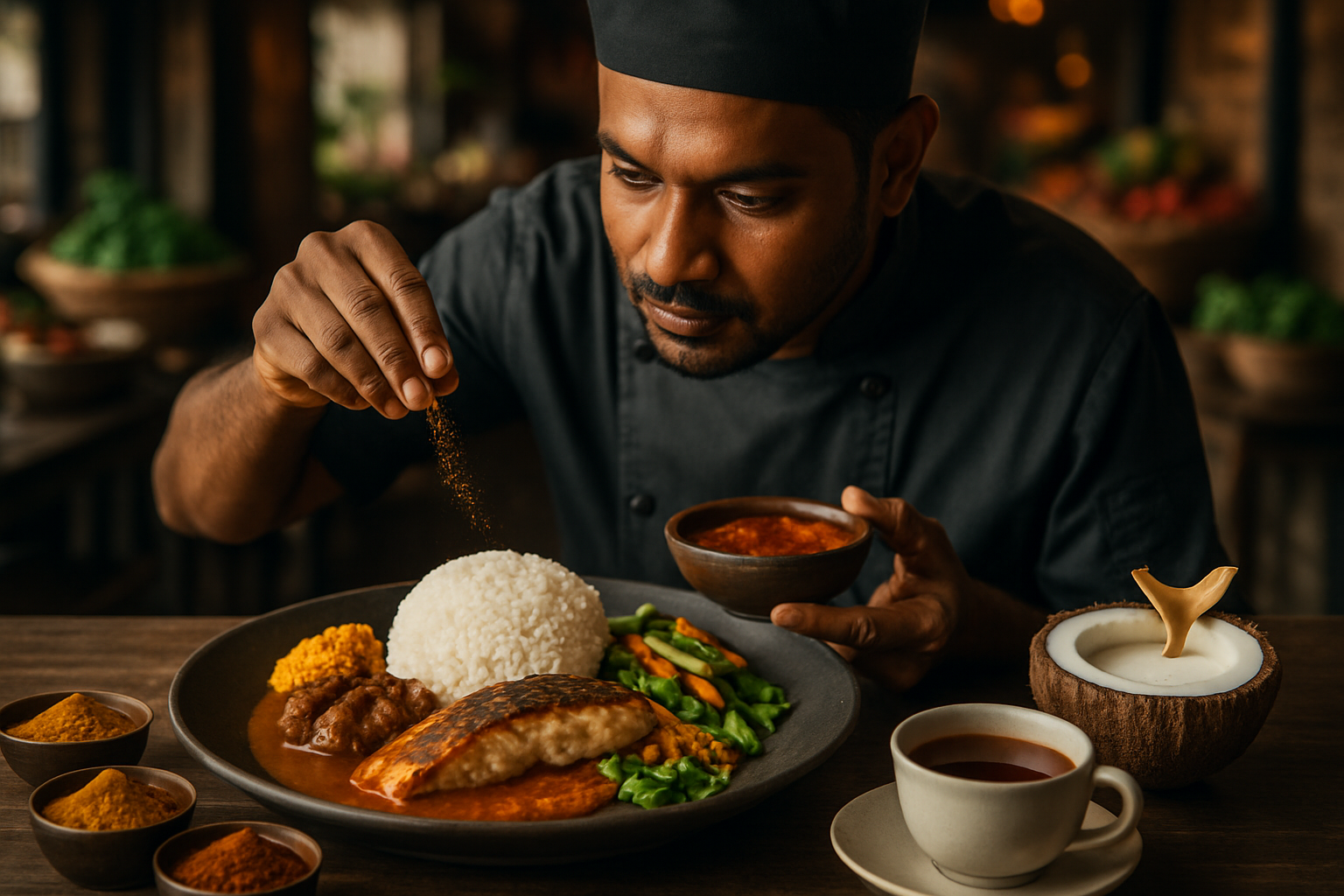Sizzling Delights: The Art of Pan-Seared Perfection
Elevate your cooking game with the timeless technique of pan-searing. This culinary artform transforms ordinary ingredients into extraordinary dishes, creating a symphony of flavors and textures that will tantalize your taste buds. From crispy-skinned fish to caramelized vegetables, pan-searing is the key to unlocking a world of mouthwatering possibilities in your kitchen.

Choosing the Right Pan
The foundation of successful pan-searing lies in selecting the appropriate cookware. Cast iron pans are often considered the gold standard due to their excellent heat retention and distribution properties. However, stainless steel and carbon steel pans are also excellent choices. Avoid non-stick pans for searing, as they don’t allow for proper browning and can’t withstand the high temperatures required. When choosing a pan, look for one with a thick, heavy bottom to ensure even heat distribution and prevent hot spots that can lead to uneven cooking.
Mastering Moisture Control
One of the biggest challenges in pan-searing is managing moisture. Excess moisture can inhibit browning and lead to steaming rather than searing. To combat this, pat your ingredients dry with paper towels before cooking. For proteins like meat or fish, you can also salt them and let them sit uncovered in the refrigerator for an hour or two before cooking. This process, known as dry brining, not only seasons the food but also draws out excess moisture, ensuring a better sear. Additionally, avoid overcrowding the pan, as this can create steam and prevent proper browning.
The Art of Deglazing
After searing your main ingredient, don’t let those flavorful brown bits (known as fond) go to waste! Deglazing the pan is a simple technique that transforms these caramelized morsels into a delicious sauce. To deglaze, remove the seared food from the pan and add a liquid such as wine, stock, or even water. As the liquid simmers, use a wooden spoon to scrape up the fond, incorporating it into the sauce. This process not only adds depth of flavor to your dish but also makes cleanup a breeze. Experiment with different liquids and aromatics to create unique pan sauces that complement your seared masterpiece.
Beyond the Basics: Creative Pan-Searing
While pan-searing is often associated with meats and fish, this versatile technique can be applied to a wide range of ingredients. Try pan-searing thick slices of halloumi cheese for a crispy exterior and gooey interior, or give fruits like pineapple and peaches a quick sear to caramelize their natural sugars. Vegetables like Brussels sprouts and cauliflower develop a delicious nutty flavor when pan-seared. For an impressive dessert, pan-sear slices of pound cake and top with fresh berries and whipped cream. The possibilities are endless, so don’t be afraid to get creative and experiment with different ingredients and flavor combinations.
Pro Tips for Pan-Searing Success
• Always preheat your pan before adding oil to prevent sticking
• Use high smoke point oils like grapeseed or avocado for better results
• Invest in a splatter screen to minimize mess and potential burns
• Let meats rest at room temperature for 30 minutes before searing
• Use tongs instead of a fork to flip food, preventing juice loss
• For thicker cuts, finish cooking in the oven after searing
• Clean your pan while it’s still warm for easier maintenance
In conclusion, mastering the art of pan-searing is a game-changer for home cooks and aspiring chefs alike. This versatile technique allows you to create restaurant-quality dishes with minimal equipment and effort. By understanding the science behind the sear, choosing the right tools, and experimenting with various ingredients, you’ll unlock a world of culinary possibilities. So fire up that stove, grab your favorite pan, and get ready to sizzle your way to gastronomic greatness!





